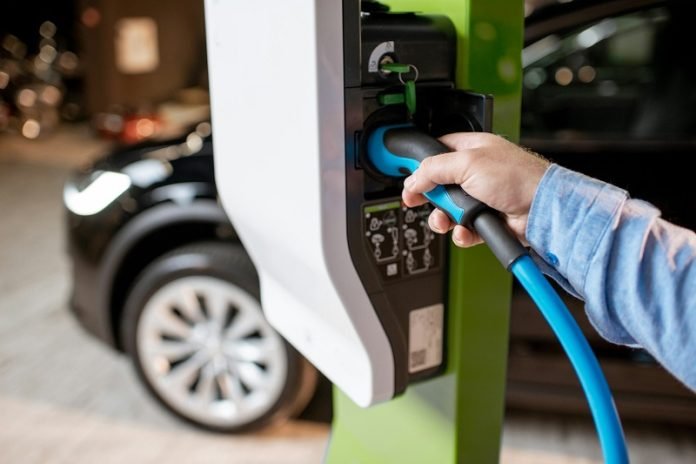
Electric cars are getting a big upgrade, thanks to some smart scientists at Stanford University.
They’ve found a simple trick that could double the distance electric vehicles (EVs) can travel on a single charge—from what we have today to an impressive 500 to 700 miles.
That means cars could go farther, making trips easier and reducing worries about running out of battery.
Right now, most electric cars use lithium-ion batteries, which are pretty good but can only take a car so far before needing a recharge.
The Stanford team, however, has been working with lithium metal batteries, a newer type that can store twice as much energy in the same space. This means cars could potentially drive twice as far without making the battery bigger or heavier, a huge win for electric vehicles.
But there’s been a big problem with these lithium metal batteries: they wear out too fast. After being charged and used a bunch of times, they start losing their ability to hold a charge, which isn’t great for something like a car that you want to keep using for years.
The Stanford researchers, led by Ph.D. students Wenbo Zhang and Philaphon Sayavong, figured out that if you let these batteries take a break after using them, they can actually heal themselves.
It’s like how sometimes, when you’re really tired, a good rest can make you feel a lot better. By simply draining the battery and then letting it sit for a few hours, the team found that the battery can recover its lost strength and perform better over time.
This discovery is pretty exciting because it’s an easy fix. Car makers wouldn’t have to change how they build batteries or add any expensive new parts. They’d just need to update the battery’s software to include some rest time. It’s a solution that’s both cheap and quick to start using.
What makes lithium metal batteries special, besides holding more power, is that they’re lighter than lithium-ion batteries. This is especially good for electric cars because a lighter battery means the car can go further on less energy. Imagine driving from New York to Detroit without stopping to recharge, or going on a long road trip without worrying about where you’ll find the next charging station.
However, the challenge has been that these batteries tend to break down quickly with regular use.
When a lithium metal battery is used, tiny bits of lithium get trapped in a layer that forms inside the battery, and they can’t be used again. This leads to the battery losing its charge-holding ability much quicker than we’d like.
The Stanford team’s research shows that by letting the battery rest, these trapped lithium bits can be reduced, helping the battery maintain its ability to store energy for a longer time. This means that electric cars could keep their long-range ability for many more years, making them much more practical and appealing to drivers.
This breakthrough is not just good news for electric cars but also for the future of battery technology.
It shows that sometimes, the best solutions are the simplest ones. By understanding how batteries heal and recover, scientists can make electric cars that are ready to take us further into the future, one rest period at a time.



